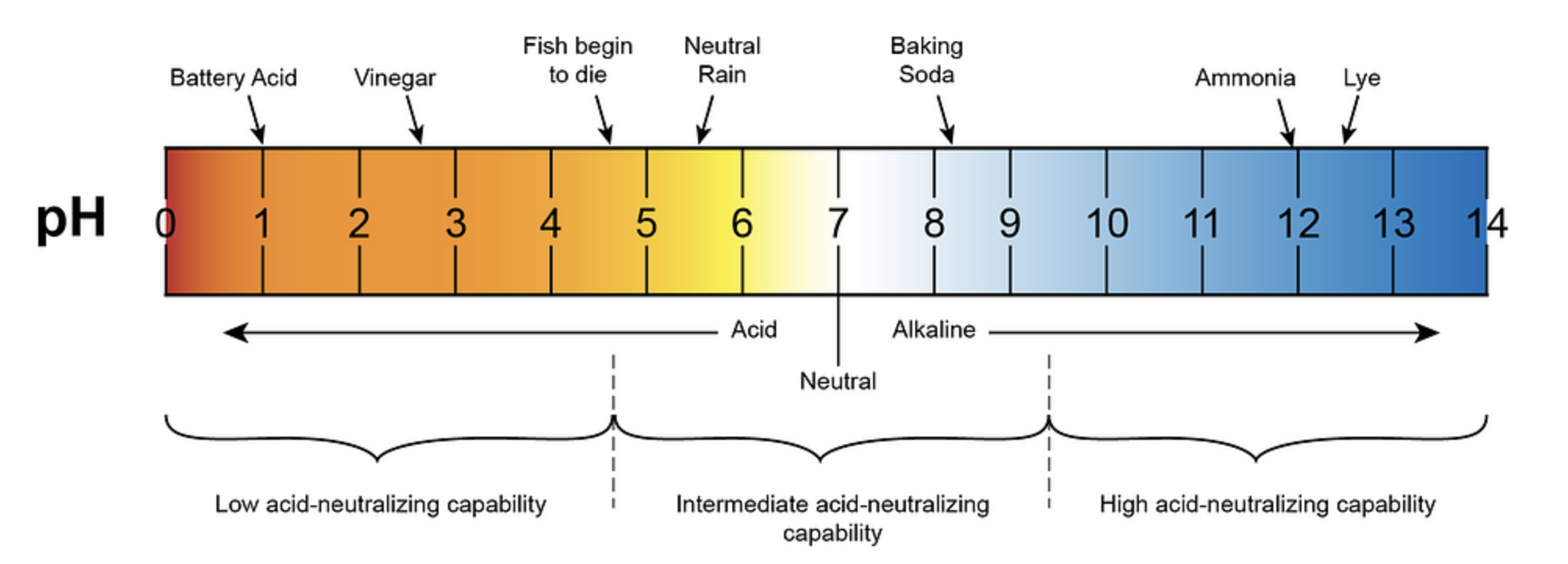The pH value of river water is a crucial indicator of its quality and can significantly impact the aquatic life it supports. Understanding the pH scale, the ideal range for river water, and the factors that can influence it are essential for ensuring the health and sustainability of these vital waterways.
Understanding the pH Scale
The pH scale ranges from 0 to 14, with 7 being the neutral point. Values below 7 indicate acidity, while those above 7 indicate alkalinity. For river water, a pH range of 6.5 to 8.5 is generally considered suitable for most aquatic life, although some species may have different preferences.
Ideal pH Range for River Water
The optimal pH range for river water is influenced by several factors, including the specific aquatic species present, the river’s geological characteristics, and the level of human activity in the watershed. Here’s a closer look at the ideal pH range for various aquatic organisms:
| Organism | Ideal pH Range |
|---|---|
| Fish | 6.5 – 8.5 |
| Amphibians | 4.0 – 8.5 |
| Aquatic Plants | 6.0 – 8.0 |
| Macroinvertebrates | 6.5 – 8.0 |
It’s important to note that some species, such as frogs and other amphibians, can tolerate lower pH levels, while others, like angel fish and discus from the Amazon River Basin, thrive in more acidic waters.
Factors Influencing River Water pH
Human activities can significantly alter the pH of river water, either by increasing or decreasing the acidity or alkalinity. Some of the primary factors that can influence river water pH include:
- Acidic runoff from mining areas or industrial wastewater discharges
- Nutrient-rich runoff from agricultural lands, leading to eutrophication and pH changes
- Atmospheric deposition of acid-forming pollutants, such as sulfur dioxide and nitrogen oxides
- Natural geological processes, such as the weathering of rocks and soils
Maintaining Optimal pH Levels in River Water
To maintain the pH balance in river water, it’s essential to monitor and control the sources of acidic or alkaline inputs. This may involve implementing best management practices for mining operations, treating industrial wastewater before discharge, and managing land use in the river’s watershed to prevent soil erosion and nutrient runoff.
Additionally, measuring alkalinity can help determine a river’s sensitivity to acid inputs and its ability to buffer against pH changes. By understanding and managing these factors, we can help protect river water quality and ensure its suitability for various aquatic species.
Testing and Monitoring River Water pH
For DIY users who want to test the pH of river water, several methods are available. pH test strips or litmus paper can provide a quick and easy way to measure pH, while a pH meter can provide more accurate and precise measurements. To ensure accurate results, it’s essential to follow proper sampling protocols, such as using a high-density polyethylene sample bottle and collecting water from a representative, flowing portion of the river.
Conclusion
Maintaining the pH balance in river water is crucial for supporting healthy aquatic life and ecosystems. By monitoring and controlling sources of acidic or alkaline inputs and implementing best management practices, we can help protect river water quality and ensure its suitability for various aquatic species. By understanding the importance of pH and taking proactive steps to maintain optimal levels, we can contribute to the long-term sustainability of our river systems.
References:
- U.S. Geological Survey. (2019-10-22). pH and Water | U.S. Geological Survey. Retrieved from https://www.usgs.gov/special-topics/water-science-school/science/ph-and-water
- Queen Mary University of London. (n.d.). pH – Water quality indicator – Queen Mary University of London. Retrieved from https://www.qmul.ac.uk/chesswatch/media/chesswatch/pH-leaflet.pdf
- The pH of water from various sources: an overview for recommendation for… (2013-07-30). Retrieved from https://www.ncbi.nlm.nih.gov/pmc/articles/PMC3736366/
- UMass Amherst. (n.d.). pH and Alkalinity for Rivers – UMass Amherst. Retrieved from https://www.umass.edu/mwwp/protocols/rivers/ph_alkalinity_river.html
- Fondriest Environmental Measurements. (n.d.). pH of Water – Environmental Measurement Systems. Retrieved from https://www.fondriest.com/environmental-measurements/parameters/water-quality/ph/.

